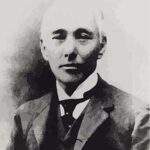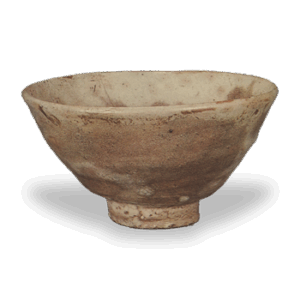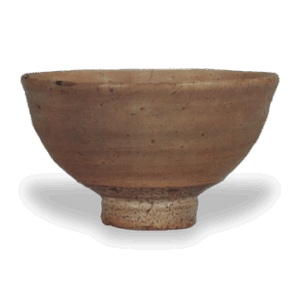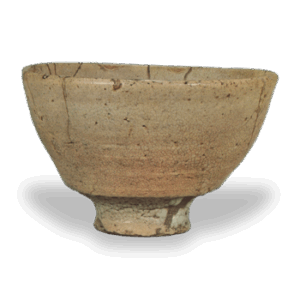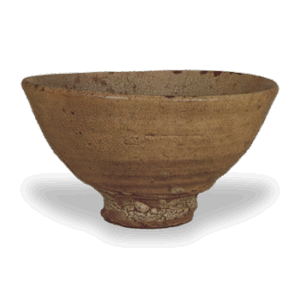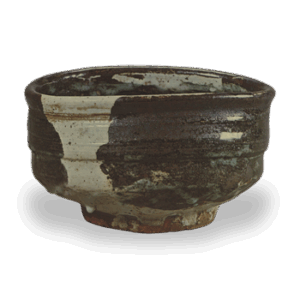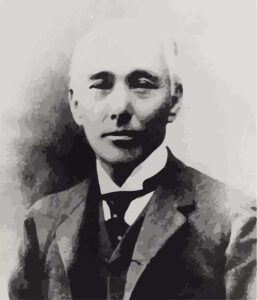
In May 1919, Magobei Okura, one of the founders of the Morimura Gumi, started the company as a private enterprise, aiming to produce porcelain better than Bonn China in England, Sèvres in France, and Ginory in Italy, without regard to profit, and went on to produce high-fired porcelain.
The founding factory was located in Rokugo Village (Ota Ward), Ebara County, Tokyo. Before World War II, the company was highly regarded as Japan’s best Western tableware for the Imperial Household Ministry, the Dowager Empress’s palace, the Chichibu, Takamatsu, and Mikasa families, the Ministry of Foreign Affairs’ overseas diplomatic missions, and the Navy Ministry’s overseas fleet. In April 1945, the company lost all of its facilities in an air raid, but was quickly rebuilt after the war and reorganized as a joint-stock company in April 1950. Ltd. in April 1950. The following year, Morimura-affiliated companies such as Nippon Toki, Nippon Insulator, and Toyo Toki joined the company’s capital, and the company gradually established its corporate structure, which continues to this day. The following year, the company was reorganized as a joint-stock company with the participation of Morimura-affiliated companies such as Nippon Toki, Nippon Insulators, and Toyo Touki, gradually establishing a corporate structure that continues to this day.
Okura Magobei
Born in 1843 in Aomono-cho, Nihonbashi, Edo (Chuo Ward, Tokyo), he became a seasonal bookshop boy at the age of 12 and later became a publisher and opened the Okura Bookstore in Nihonbashi, Tokyo. In 1891 (24), he began manufacturing pottery at the Morimura Gumi, and in 1893 (26), he visited the Chicago Exposition, where he began to work with Asatori Kotaro, who had opened a Dresden-style western painting studio, on the problem of white fabrics.
Magobei’s efforts were concentrated on the Nippon Toki Company, and since he could no longer count on potters in Aichi, Gifu, Kyoto, Awaji and other areas due to the nature of the export business, he finally established Japan’s first Western-style factory after many years of experimentation. After many years of experimentation, he finally established Japan’s first Western-style factory. (He died in December 1921 at the age of 79. He was a man who always served the public with sacrificial efforts by innovating Seto and other ceramic industries, setting standards for export crafts, and setting a model for factory organization.

